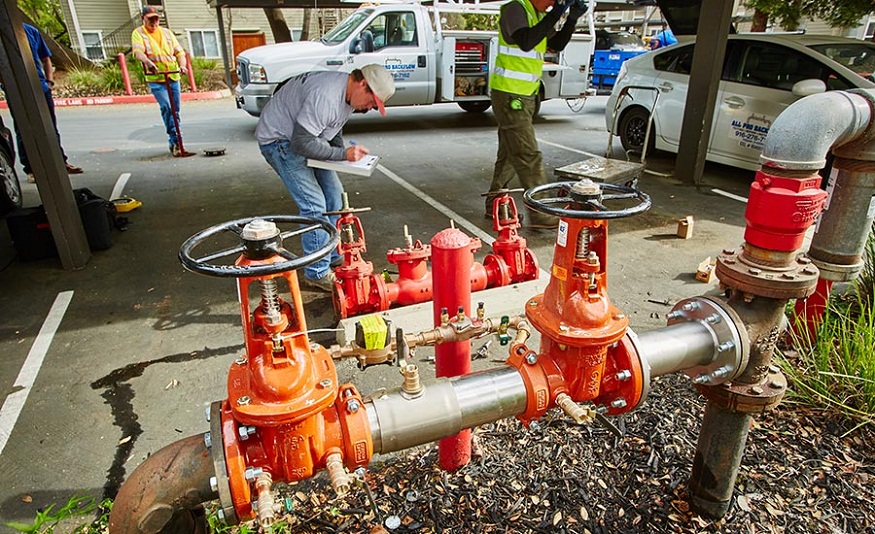Everything you Need to Know About Backflow Testing

Backflow testing is one of the important aspects that guarantee the residents and the community safe drinking water both at home and the business premises. It is part of the apparatus simple of preventing polluted water to flow into the clean water due to reversed materials system, a disaster that could bring great danger.
Here, this key guide goes into details about the backflow testing, which is defined as a preventive measure that includes inspection of the pipelines, their monitoring and protection from the pollution and other water quality standards.
From the operational considerations control valve selection and installation, to the legal requirements and equipment in use, this briefing helps the readers to grasp the crucial points for the safety of public health and complies with codes of plumbing. Whether you are the house owner, a property manager, or plumber, a backflow testing skill is an element you should learn.
Below we discuss everything you need to know about Backflow Testing.
Regulatory Compliance
Most of the local authorities impose rules that require backflow test to guarantee public health and meet water quality requirements.
The compliance with the requirements is usually the responsibility of property owners, in particular, those with commercial or industrial buildings, who have to find and hire licensed staff members to do the testing on a regular basis.
Testing Procedures
Flush valve technicians conduct backflow testing using unique technology and methods to do it. The whole procedure includes careful inspection of backflow prevention devices, conducting pressure test and checking the functionality of gadgets like pressure regulating valves and backflow preventers.
Whatever deficiencies are detected are instantly fixed to meet compliance standards and avoids water contamination.
Frequency of Testing
The frequency of testing for backflow depends on the factors, such as a locality ordinance, type of property, or level of risk associated with the water system.
Generally, commercial and industrial properties that are not high-risk require annual testing, but more frequent inspections may be prescribed to facilities with high risk to ensure that they meet the required regulatory standards.
Documentation and Record-Keeping
Backflow testing data documentation along with compliance and transparency purposes plays a critical role. The property owner will be responsible for keeping the records up to date with testing dates, results, and any maintenance or repairs done on the device (back-flow prevention installation).
These records are used as evidence to show compliance and may be requested for inquiry during the inspection or audit.
Conclusion
Backflow testing exercises a premium role in preserving the potable water sources and avoiding any contamination incidences. Recognizing the significance of backflow control, meeting the requirements, performing frequent testing, and keeping accurate records will escalate property owners to the entire water distribution system safety and integrity.
In order to provide our communities with clean and safe drinking water, ensuring backflow testing should take precedence to ensure public health and well-being. The above article has discussed everything you need to know about backflow testing, and you can reach out for more information.





